It was 60 years ago this summer a group of journalists descended on Chrysler’s Chelsea Proving Grounds to preview the all-new 1966 Dodge Charger. It was the summer of 1965, and Dodge was rolling out its new models for the following year. The Charger was the brand’s all-new entry into the sporty intermediate market. In this highly lucrative segment, the Chevrolet Chevelle SS396, Pontiac GTO, Ford Fairlane and other models dominated. The Dodge marketing folks knew the success of this launch would be dependent on how the Charger would be received by the motoring press, including the performance magazines of the era that focused on the latest muscle cars coming out of Detroit.
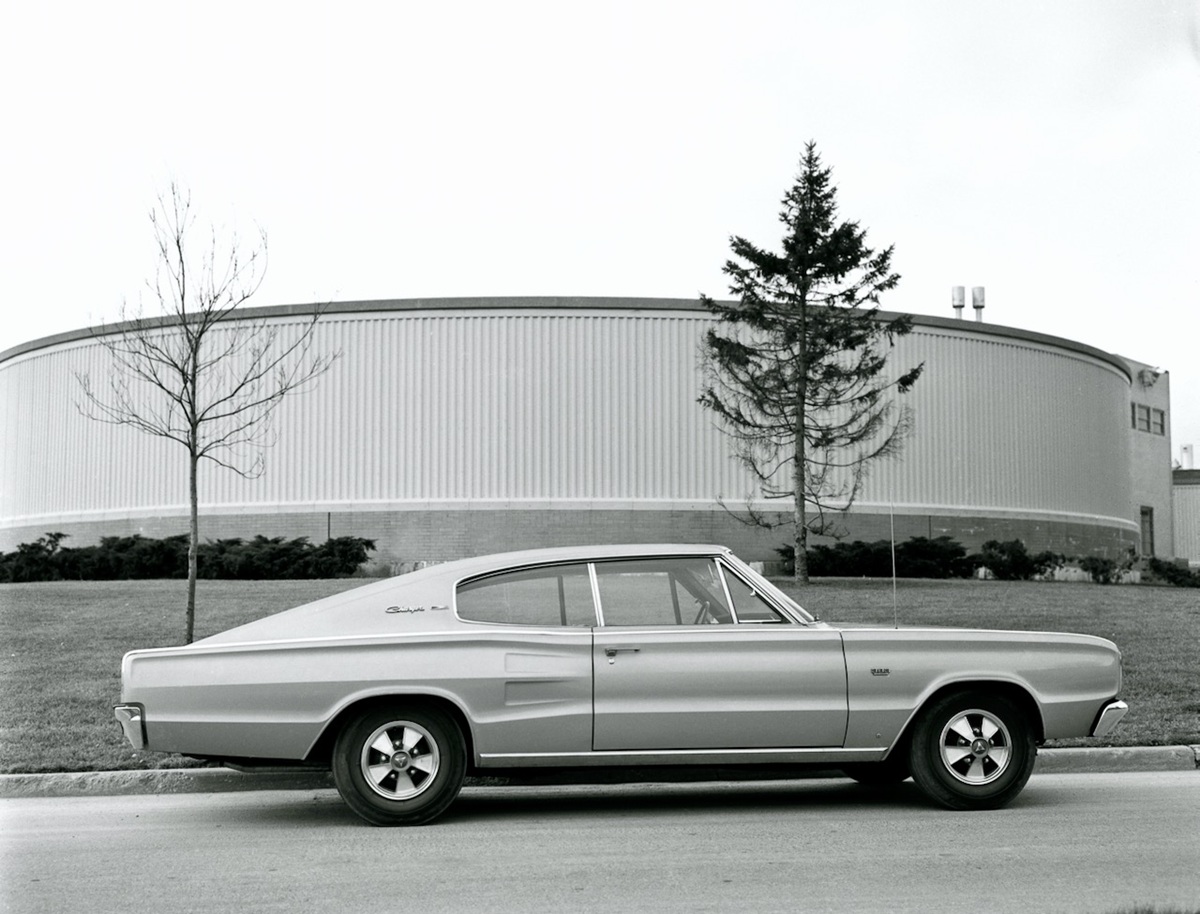
In Part 1 and Part 2 of Eyewitness to Muscle Car History, we introduced you to Martyn Schorr, a respected young and upcoming auto journalist who had Chrysler’s attention with his great reviews on the 426 Max Wedge and even Chrysler’s Turbine Car within the pages of CARS magazine, Custom Rodder and Speed & Custom. These magazines had the attention of hot rod enthusiasts so any press in these publications was great PR for any automaker looking to tap into America’s massive population of young buyers of performance cars.
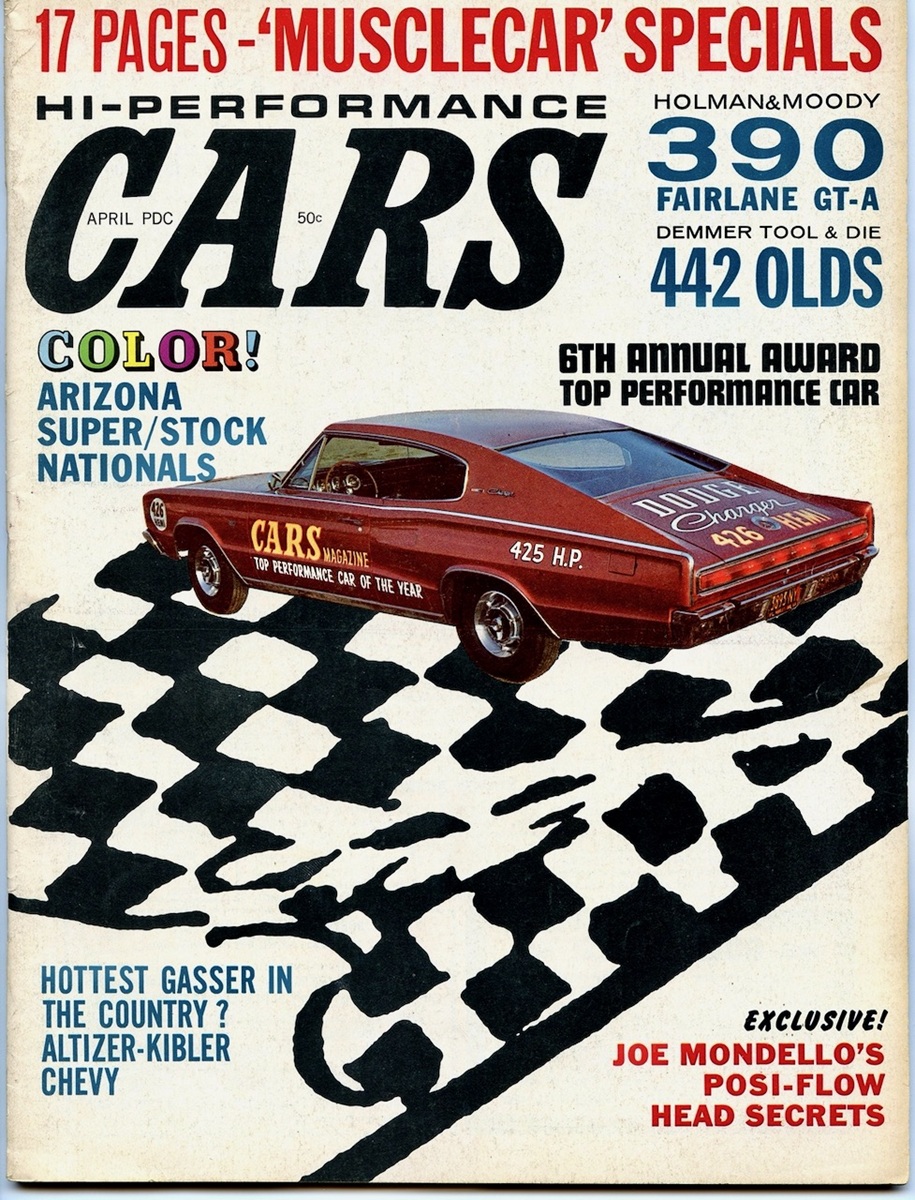
“When carmakers announced their 1966 models in the summer of 1965, it was like the Muscle Car floodgates had opened. There was no shortage of Motown Muscle for me to choose from for our annual Top Performance Car of the Year honors. It was the first year that my team and I picked a winner as I had taken over Hi-Performance CARS in mid-1965. While candidates were aplenty, one car with its unique styling, spectacular interior and choice of mild-to-wild powertrain options stood out from all the rest: Dodge’s fastback Charger,” noted Martyn Schorr. “The biggest big news for 1966 was the 426 Dodge and Plymouth Street HEMI®. After teasing us with on-again, off-again streetable 426 HEMI cars in 1965, the option was officially announced. Rated at 425 horsepower at 5,000 rpm and 490 pound-feet of torque at 4,000 rpm, the Street HEMI was, essentially, a detuned race HEMI with a milder 276-degree solid-lifter camshaft, 10.25-to-1 compression ratio, and dual inline Carter AFB four-barrels. It boasted the same valve and port size cast-iron race HEMI heads and added new cast-iron long-branch exhaust manifolds. Since race heads did not have provisions for exhaust heat crossover, heat was piped from an exhaust header to the intake manifold.”
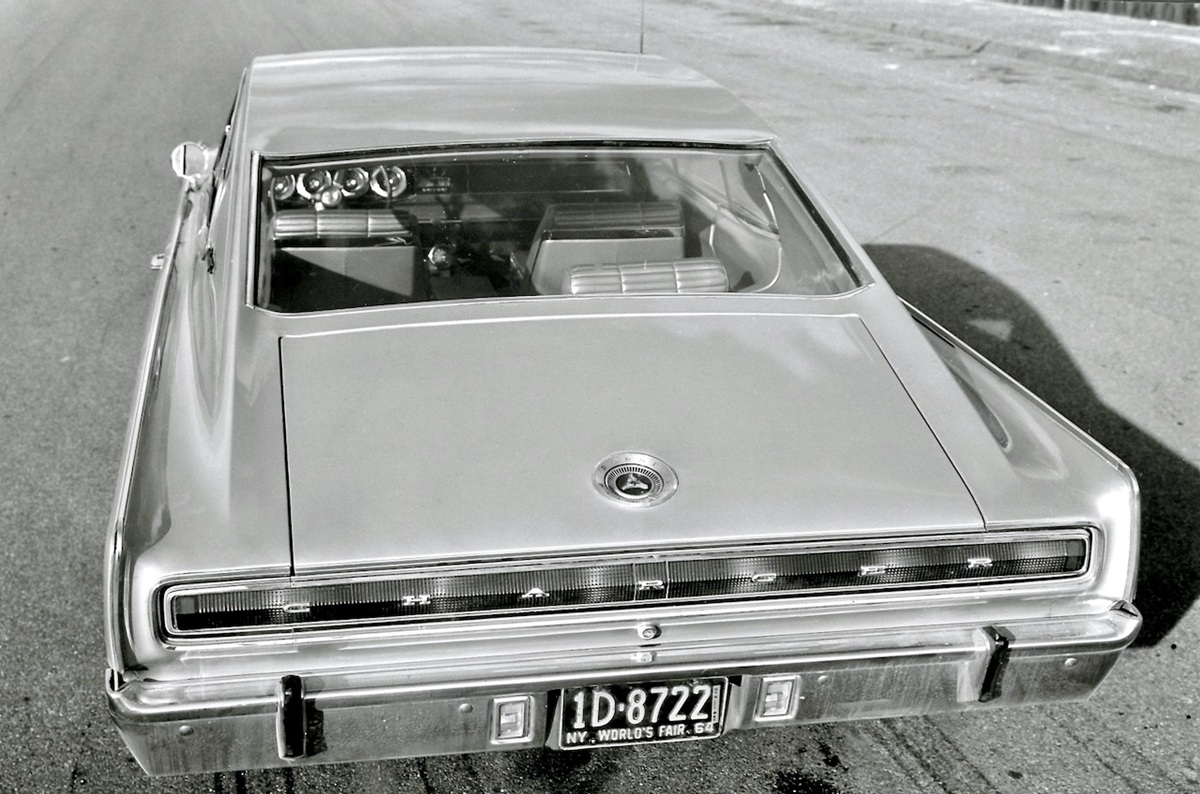
As Martyn recalled, “We evaluated a number of candidates for Hi-Performance CARS Magazine 1966 Top Performance Car of The Year honors. Citing the Street HEMIs availability and unique, four-place fastback styling, Managing Editor, Fred Mackerodt, and I chose Dodge’s new Charger. We wrote ‘When you combine the 426 Street HEMI’s impressive horsepower and torque with the engineered suspension and handling package, you end up with one of the most roadable middleweights in production,’ and it was all that and more,” said Martyn. He also got to drive both a 426 HEMI engine-powered and 383 four-barrel-powered 1966 Charger, so Martyn could compare the differences to the two engines and their characteristics and road manners. “We tested 426 Street HEMI and 383 four-barrel Chargers at the Chelsea Proving Ground and lived with one for a couple of weeks. My personal favorites were the automatic Street HEMI and the four-speed 383, rated at 330 horsepower. Depending on final drive ratios, a stock Street HEMI Charger, depending on gearing, could sprint to 60 mph in approximately 5 seconds and trip the quarter-mile clocks in the high-13s, low-14s at speeds close to 108 mph,” said Martyn.

Along with Charger’s swoopy fastback styling and range of engine options, Martyn was impressed with the car’s other features. “In addition to its performance and styling, I really loved the Charger’s interior. There are four matching vinyl-covered contoured buckets, many yards of carpet and vinyl trim, and the neatest set of gauges I had ever seen in a domestic passenger car. With the rear seats folded flat, the rear armrest flipped over to pad the console and the storage panel dropped, stowage space almost matched that of a station wagon.”
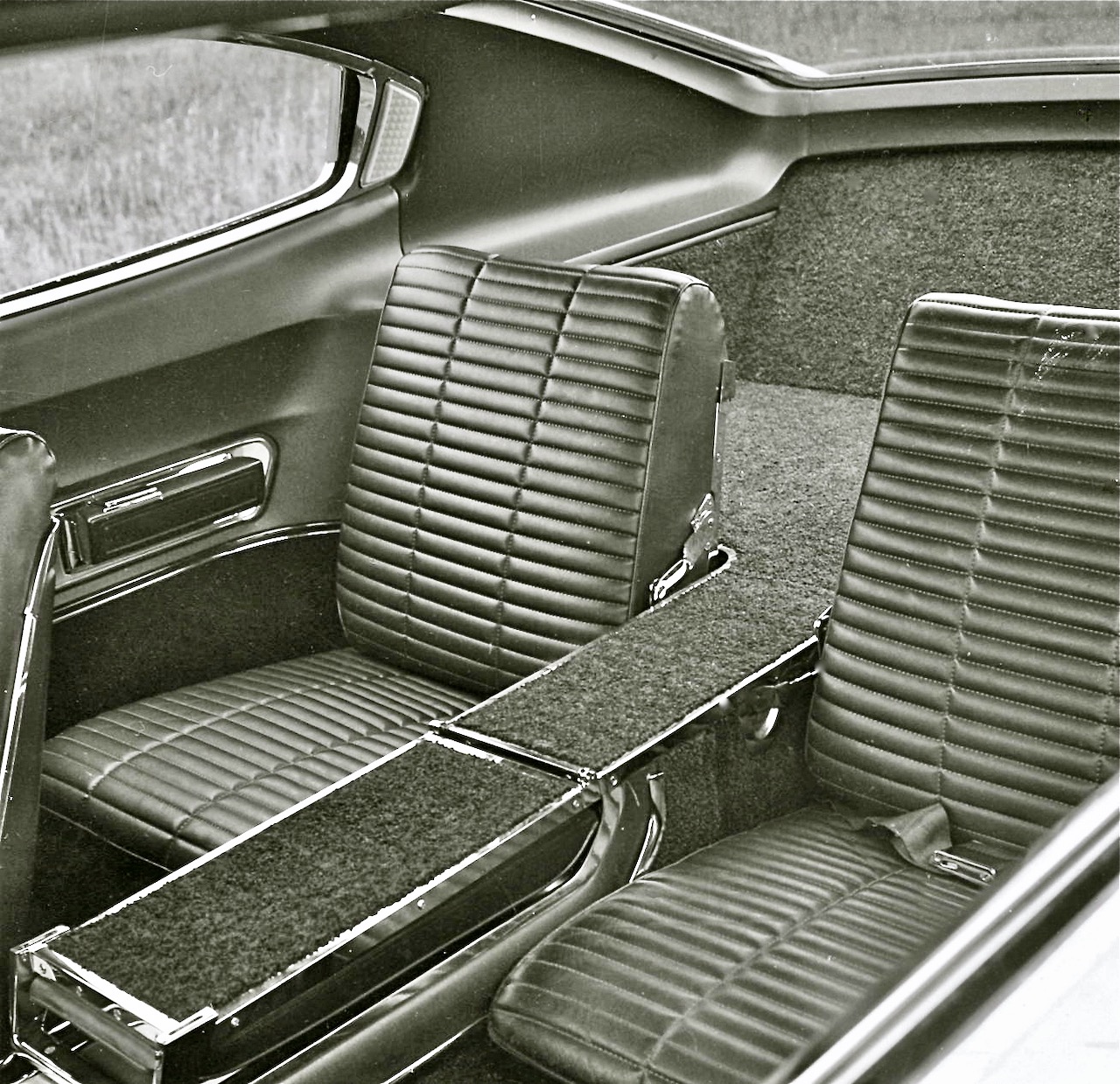
The Dodge Charger has taken on many shapes over the past 60 years. From street brawler, drag strip terror and NASCAR winged warrior. It even went front-wheel-drive in the 1980s with a turbo four-cylinder engine but returned to its rear-wheel-drive HEMI V8 roots in 2006. Today, the iconic nameplate has a new chapter and continues to dazzle journalists and enthusiasts everywhere.
Here’s a look at the Dodge Charger over the decades!
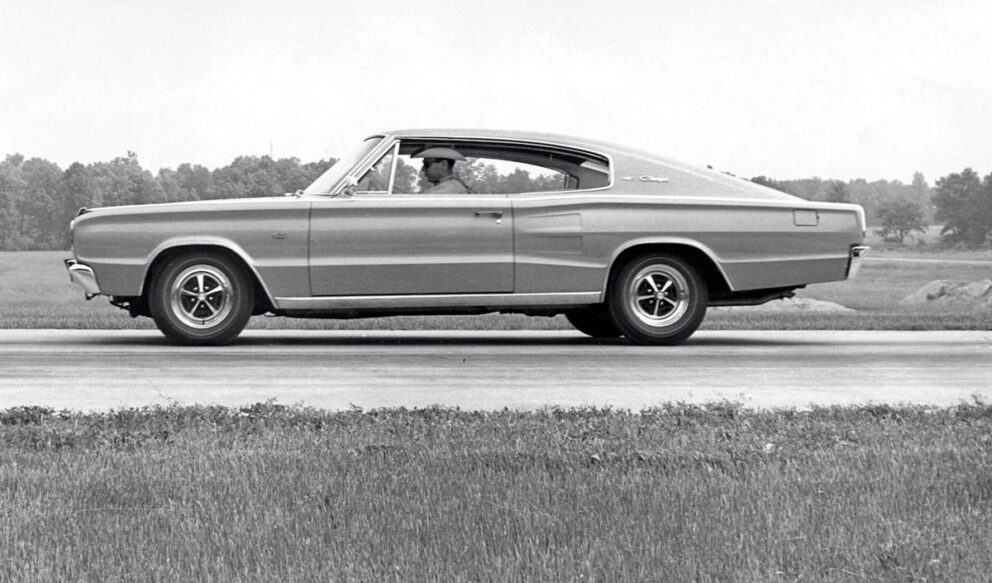
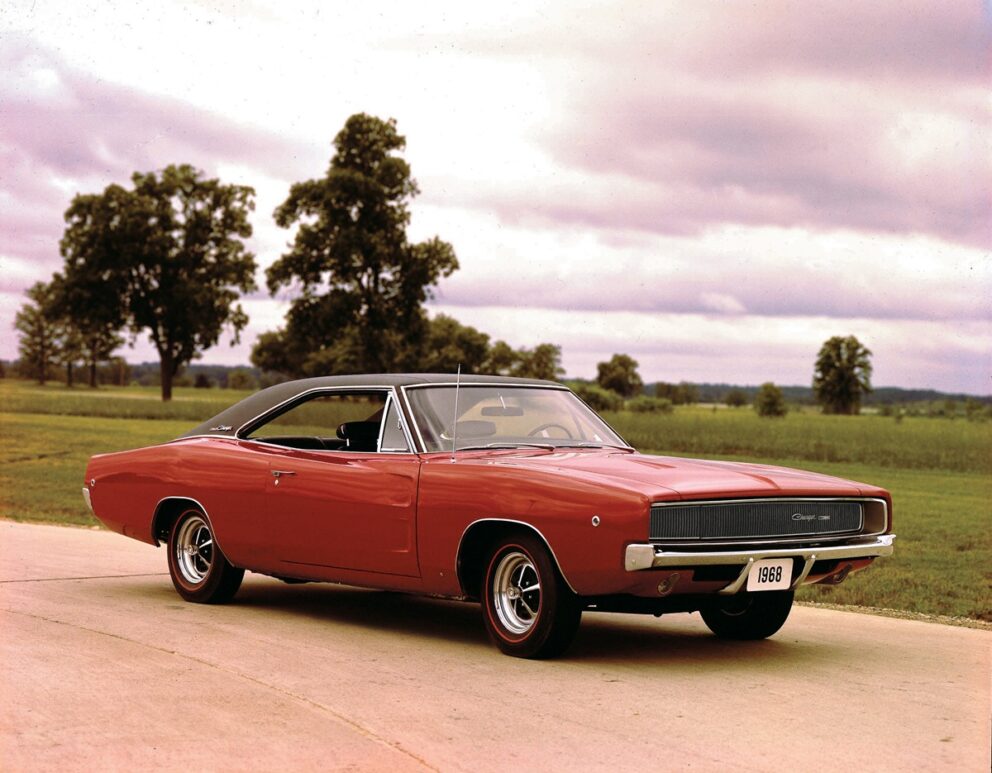

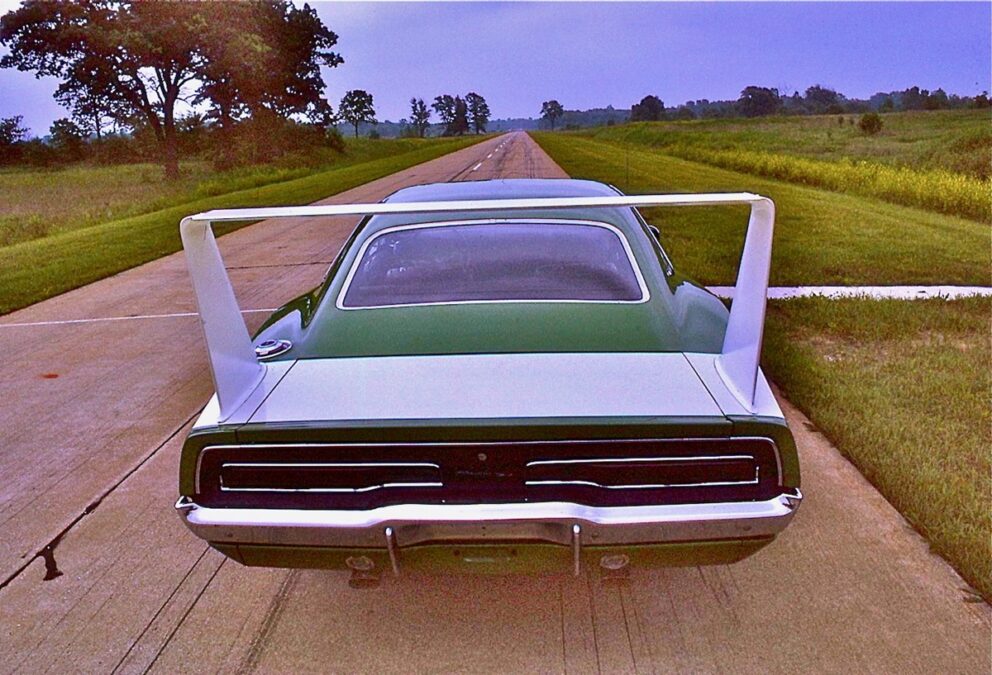


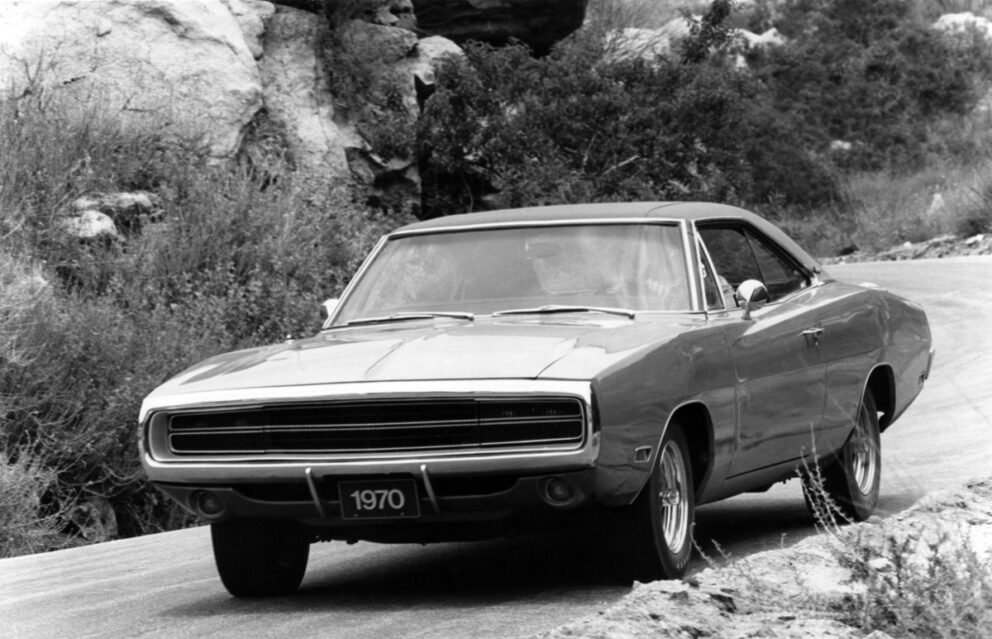


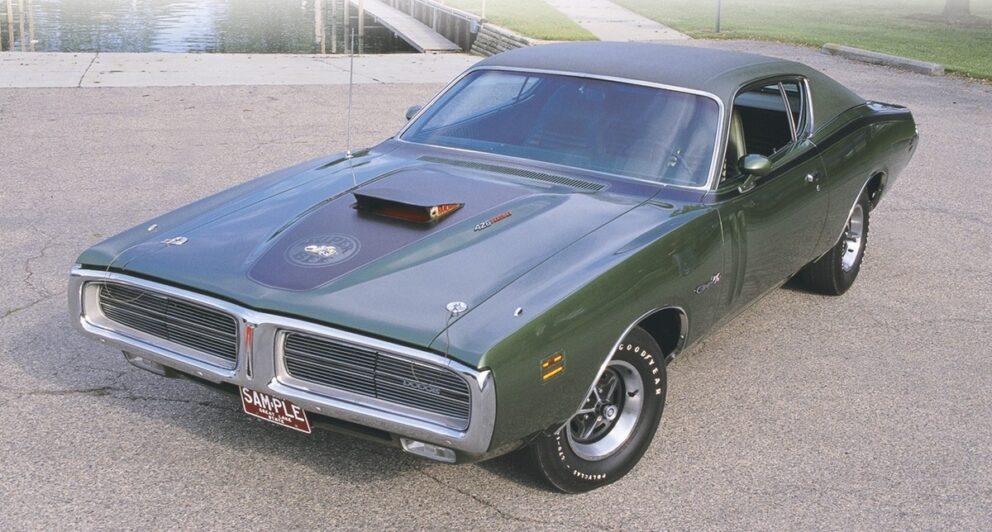






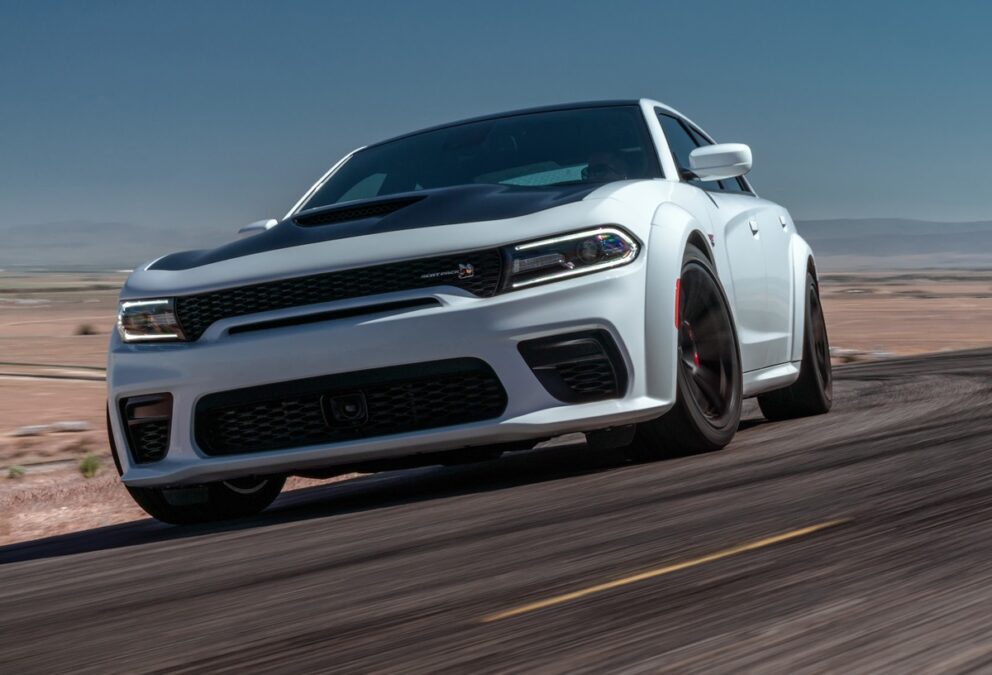
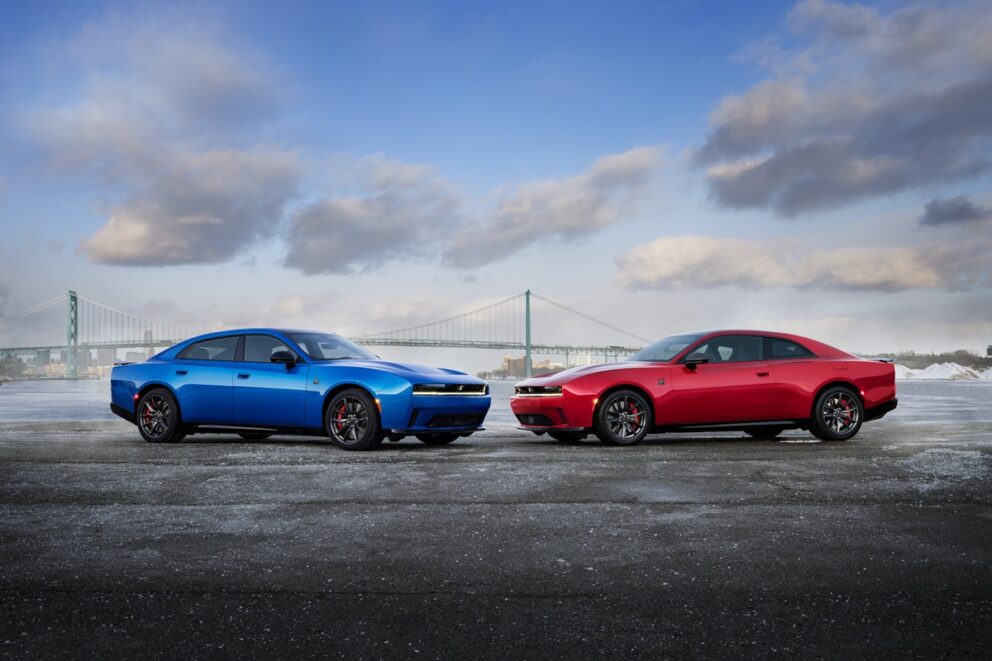
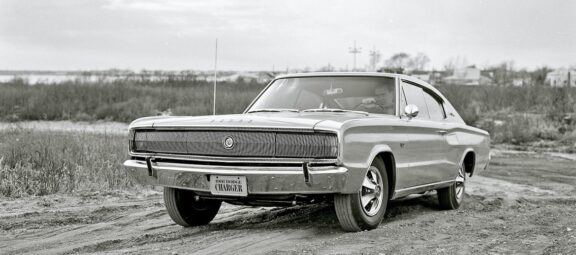
0 Comments